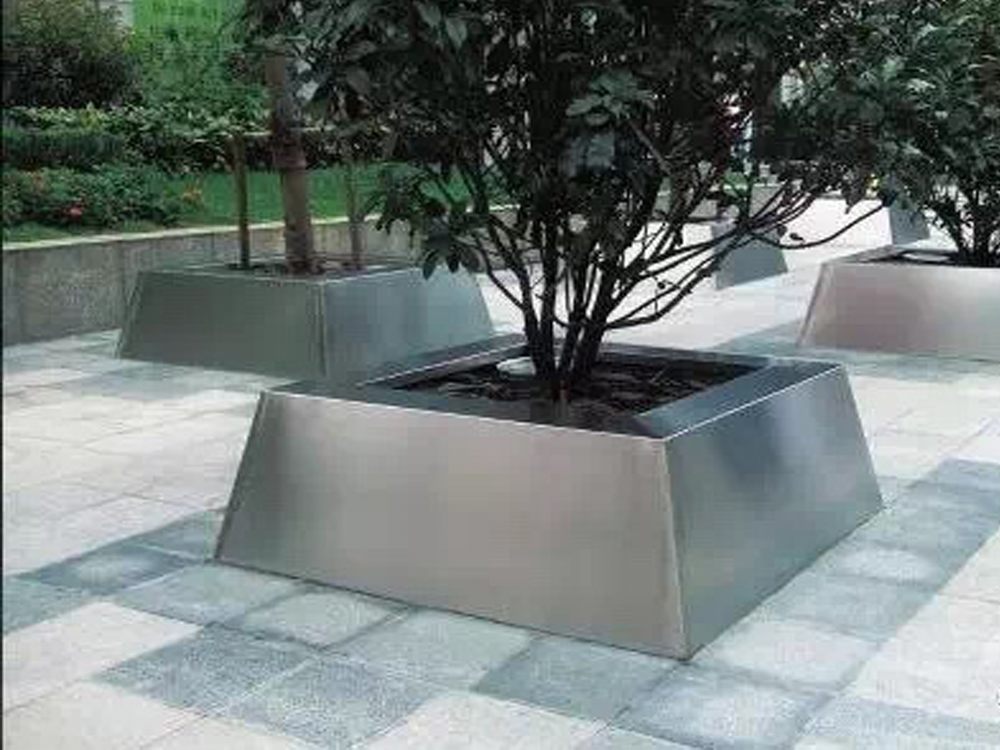
Bronze sculptures are renowned for their durability and resilience, making them surprisingly well-suited for high-vibration or machinery-heavy environments. Unlike more brittle materials, bronze's inherent strength and flexibility allow it to absorb vibrations without cracking or degrading over time. This makes it an ideal choice for industrial settings, public spaces near machinery, or even transportation hubs where constant movement is a factor.
The secret lies in bronze's unique metallurgical properties. As an alloy primarily composed of copper and tin, bronze offers excellent resistance to wear and tear. Its natural elasticity helps dissipate energy from vibrations, preventing structural fatigue that might affect other materials. Additionally, bronze develops a protective patina over time that shields it from environmental stressors common in industrial areas, such as moisture or airborne particles.
For optimal performance in these challenging environments, proper installation is crucial. Mounting bronze sculptures with vibration-dampening bases or flexible couplings can further enhance their longevity. Regular maintenance, including cleaning to remove industrial grime and inspections for any stress points, will ensure these artworks remain pristine for decades.
Artists and collectors often choose bronze for high-vibration areas precisely because of this reliability. From factory courtyards to train station installations, bronze sculptures maintain their aesthetic appeal while withstanding conditions that would damage less robust materials. This combination of artistic beauty and engineering resilience makes bronze a timeless choice for demanding environments.

